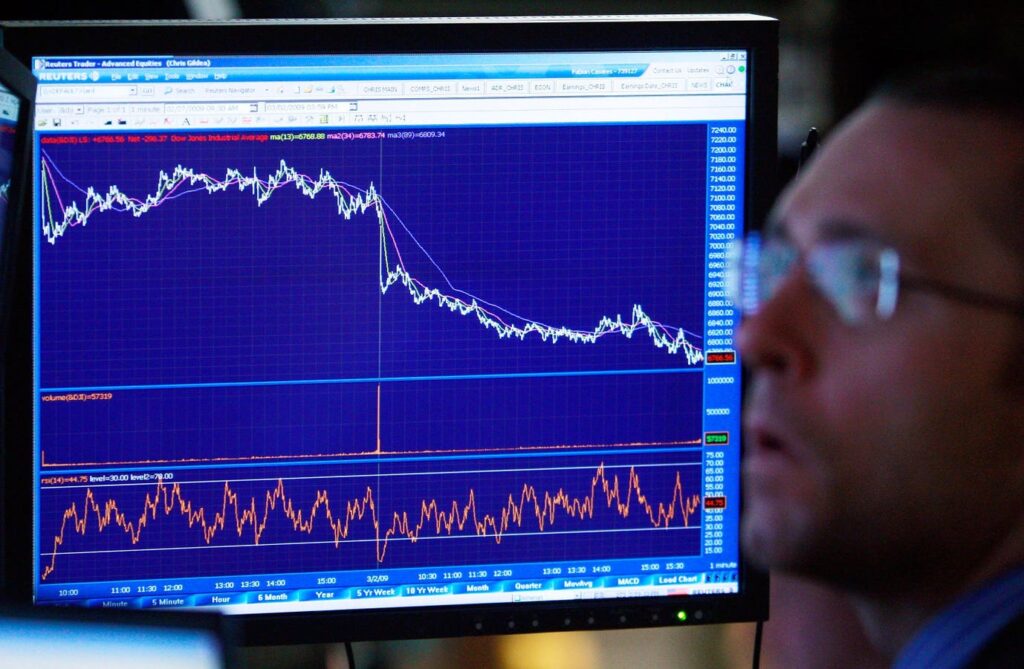Deckers Outdoor Corp (NYSE: DECK) is set to announce its fiscal fourth-quarter earnings (March year) on Thursday, May 22, 2025, with analysts predicting earnings of 60 cents per share and revenue of $1 billion. This would indicate a 28% decline in earnings year-over-year, along with a 4% sales growth compared to last year’s figures of 83 cents per share and $960 million in revenue. Historically, DECK stock has risen 61% of the time after earnings announcements, with a median one-day increase of 9.0% and a maximum recorded rise of 19%.
Deckers primarily owns the Ugg and Hoka shoe brands, which represent its two largest and most important sources of revenue, accounting for approximately 68% and 29% of total sales, respectively. In the third quarter of fiscal 2025, both brands showed strong consumer interest, with Ugg achieving a 16% increase in sales while Hoka outperformed with a 24% gain. Despite having a relatively narrow brand portfolio, the company’s key products continue to resonate well with consumers. However, investors might currently be concerned about tariff-related issues, as a substantial part of Deckers’ footwear manufacturing occurs in Asia. The company currently holds a market capitalization of $19 Bil. Revenue for the past twelve months was $4.9 Bil, and it was operationally profitable with $1.1 Bil in operating profits and $942 Mil in net income.
For event-driven traders, historical trends may provide an advantage, whether by positioning before earnings releases or responding to post-release actions. This said, for those wanting upside potential with lower volatility than individual stocks, the Trefis High Quality portfolio offers an alternative, having surpassed the S&P 500 and achieving returns over 91% since its launch. See earnings reaction history of all stocks.
Deckers’ Historical Odds Of Positive Post-Earnings Return
Here are some insights on one-day (1D) post-earnings returns:
- There have been 18 earnings data points noted over the past five years, with 11 positive and 7 negative one-day (1D) returns recorded. In conclusion, positive 1D returns occurred approximately 61% of the time.
- Significantly, this percentage rises to 67% when we look at data for the last 3 years as opposed to 5.
- The median of the 11 positive returns stands at 9.0%, while the median of the 7 negative returns is -2.1%
Further data on the observed 5-Day (5D) and 21-Day (21D) returns following earnings are summarized along with the statistics in the table below.
Correlation Between 1D, 5D, and 21D Historical Returns
A relatively less risky approach (though not useful if the correlation is weak) is to analyze the correlation between short-term and medium-term returns after earnings, identifying a pair with the highest correlation, and executing the suitable trade. For instance, if 1D and 5D show the strongest correlation, a trader could adopt a “long” position for the next 5 days if the 1D post-earnings return is positive. Below is some correlation data based on 5-year and 3-year (more recent) history. Note that the correlation 1D_5D indicates the correlation between 1D post-earnings returns and the following 5D returns.
Discover more about Trefis RV strategy that has outperformed its all-cap stocks benchmark (the combination of the S&P 500, S&P mid-cap, and Russell 2000), yielding strong returns for investors.
Read the full article here


